When everyone thinks of the U.S., one’s mind immediately goes to coastal cities like Los Angeles or New York, and the midwest region gets forgotten to the wayside, which is such a shame! Within the twelve states that comprise America’s heartland there’s a bounty of specialty foods you won’t find near the beaches of Cali or the Big Apple. Here are a few dishes you seldom see anywhere except in the midwest.
Bumpy Cake
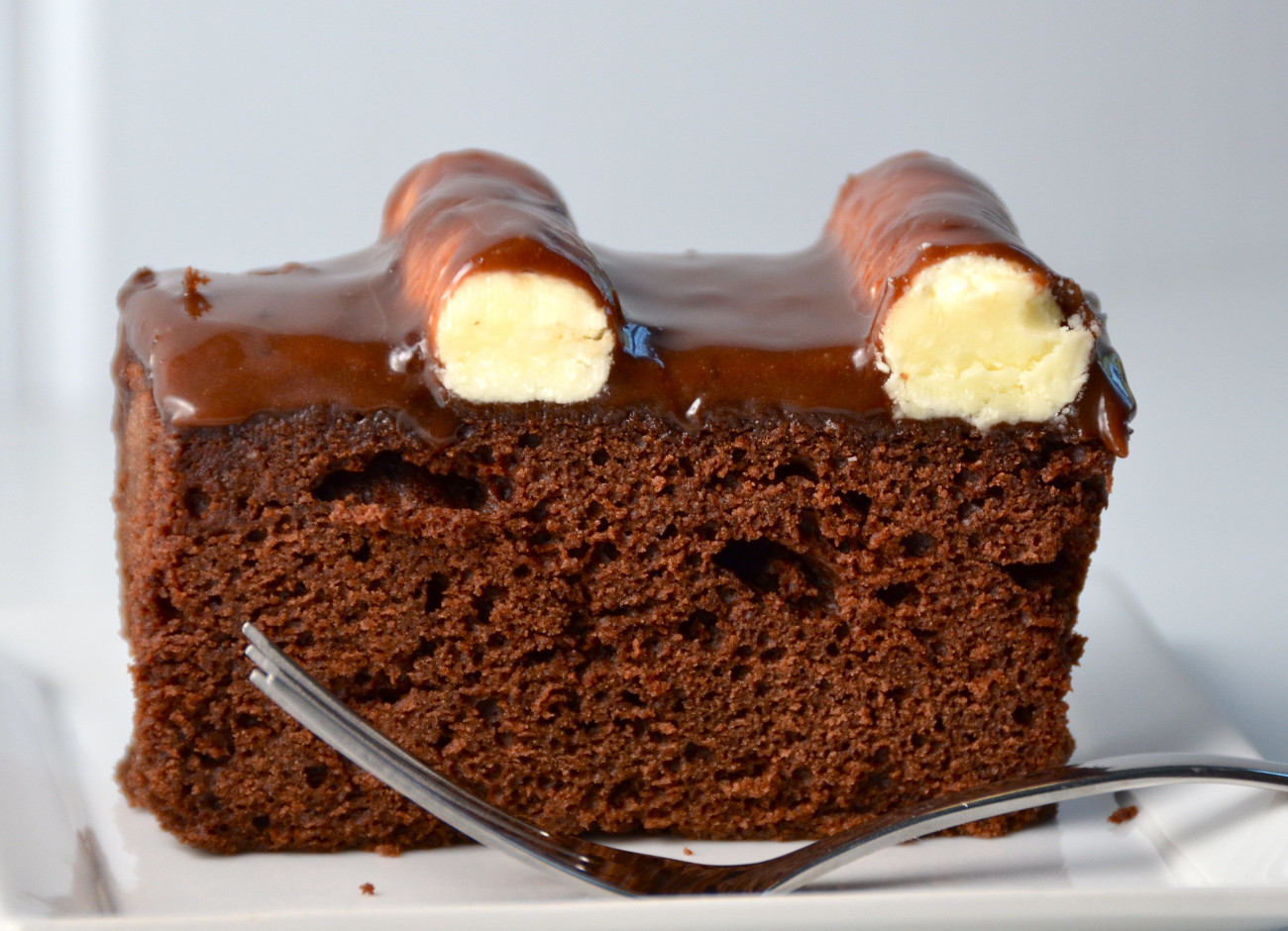
Ask anyone growing up in the Detroit region, and you’ll certainly hear Sanders’ bumpy cake come up with a warm dose of nostalgia. Opened in the late 19th century, Sanders Confectionary made candies and expanded to make ice cream treats, fountain drinks, and luncheonette specials. Sanders opened up more locations, and the counter service soda fountain was the place to get hot fudge ice cream puffs, and this cake. A devil’s food cake, which is light but rich in chocolate flavor, is baked in a sheet pan. Once cooled, stripes of buttercream line the top of the cake, and a sinful but satisfying amount of pourable fudge frosting covers the entire cake. When you slice into the cake, you’ll see the cross sections of the vanilla buttercream. Bumpy cake is the perfect balance of vanilla and chocolate!
Juicy Lucy
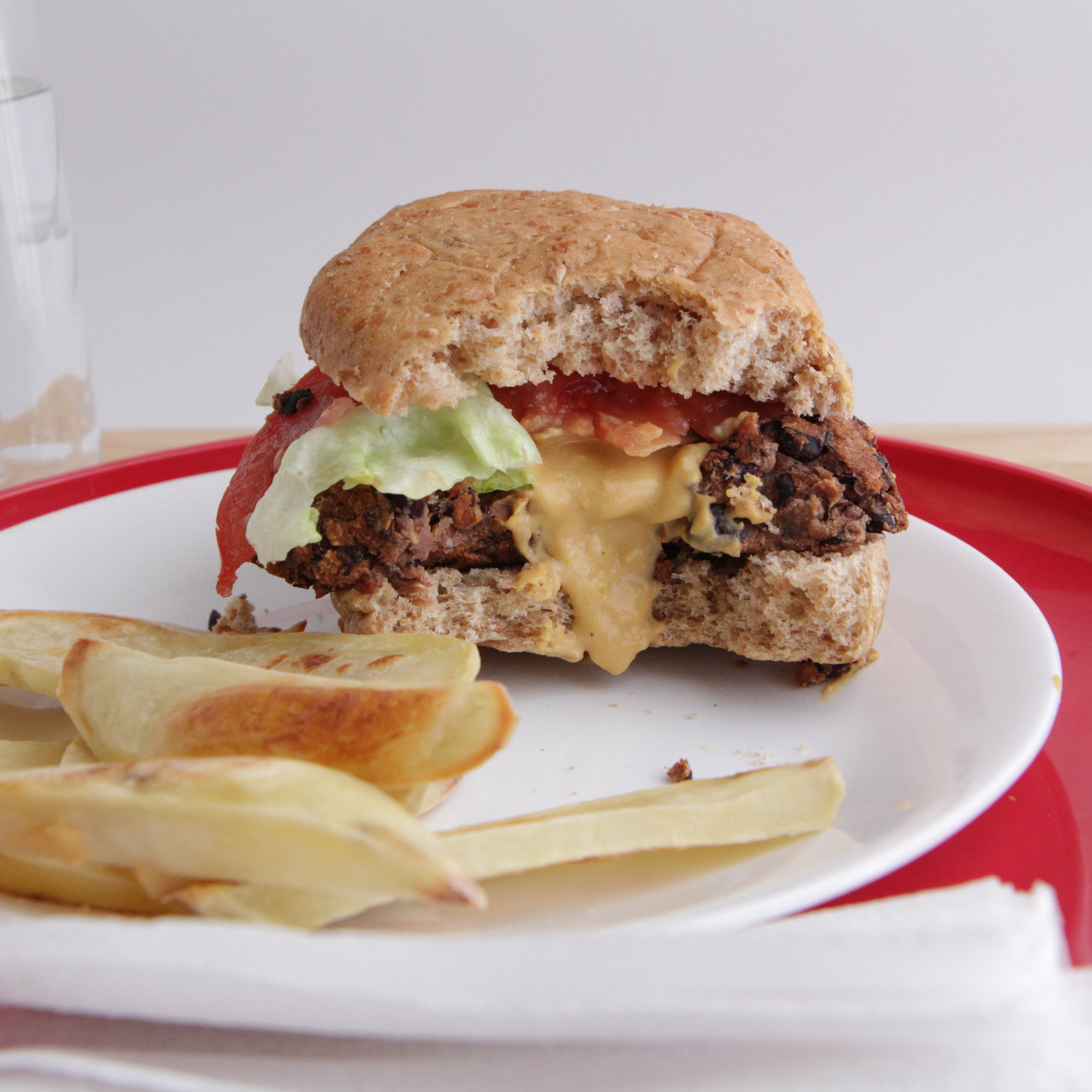
Which place created the Juicy Lucy, and which place has the better Juicy Lucy is always contended, but this cheese-filled hamburger is a Midwestern hot dish in portable form. Most agree that the hamburger originated in Minnesota, but this meat and cheese combination has become a must for many people. Simple salt and pepper season this thick, fat-laced meat patty, however, it’s the cheese filling that stops the show. As you bite into the patty, the once shredded melted cheese becomes a molten lava of flowing sauce, which can be a bit of a hazard! As delicious as this hamburger is, you need to exercise caution, the cheese squirts out of the hamburger fast!
Chippers

Nowadays that sweet and salty combination in desserts is a straight-up given, but it wasn’t always the case. North Dakota is the epicenter for creating the chocolate-covered potato chip, called chippers. Wildman’s Candy was one of the first companies to market and mass produce these sweet-covered chips in 1985, but the sweet-salty chip is also a quick snack you can make at home! (Albeit a little messy!)
Booyah Stew

Upon seeing the word booyah stew, it’s hard to decipher what is actually in the stew. Don’t worry, the hearty dish is delicious! Beef, pork, or chicken are paired with potatoes, peas, and carrots and cooked for a long time, traditionally in a huge kettle outside for several days. Many think that the word booyah refers to the word bouillon which is the base of the stew’s broth. In a region where cold is a given, this stew is the emotional and physical cure to winter.
Candy Salad
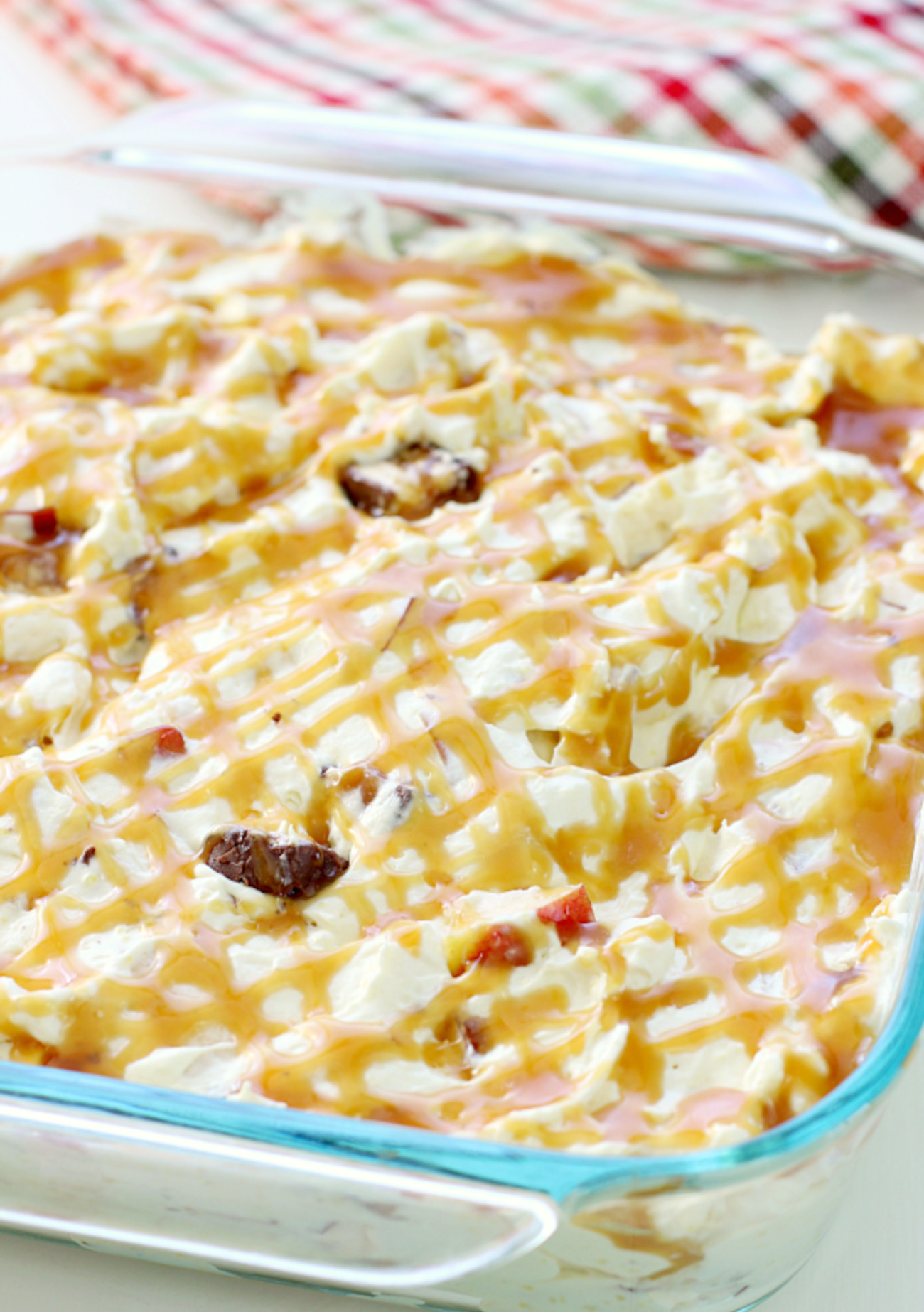
The origin story of candy salad connects this dessert to an old-fashioned Norwegian pudding called rommegrot, however, the northern European specialty became a very American treat. Instant pudding folded into whipped topping suspends chunks of apples and candy. This dessert salad is immensely forgiving and lends for you to bring creativity to the mixing. Whatever your favorite candy can become an ingredient!
Tiger Meat

In South Dakota, tiger meat isn’t actually tiger meat, don’t worry! The dish is practically unheard of in coastal states — raw ground beef eaten with raw onions and crackers. Many believe this dish mirrors the European steak tartare. Raw red meat is popular with Russian and German immigrants who carried over the continental tradition into South Dakota. This stateside version has moved beyond the delicate crackers and canapés. Nowadays, you can have tiger meat slapped between two slices of bread for a lunch-worthy portion.
Ozark Pudding
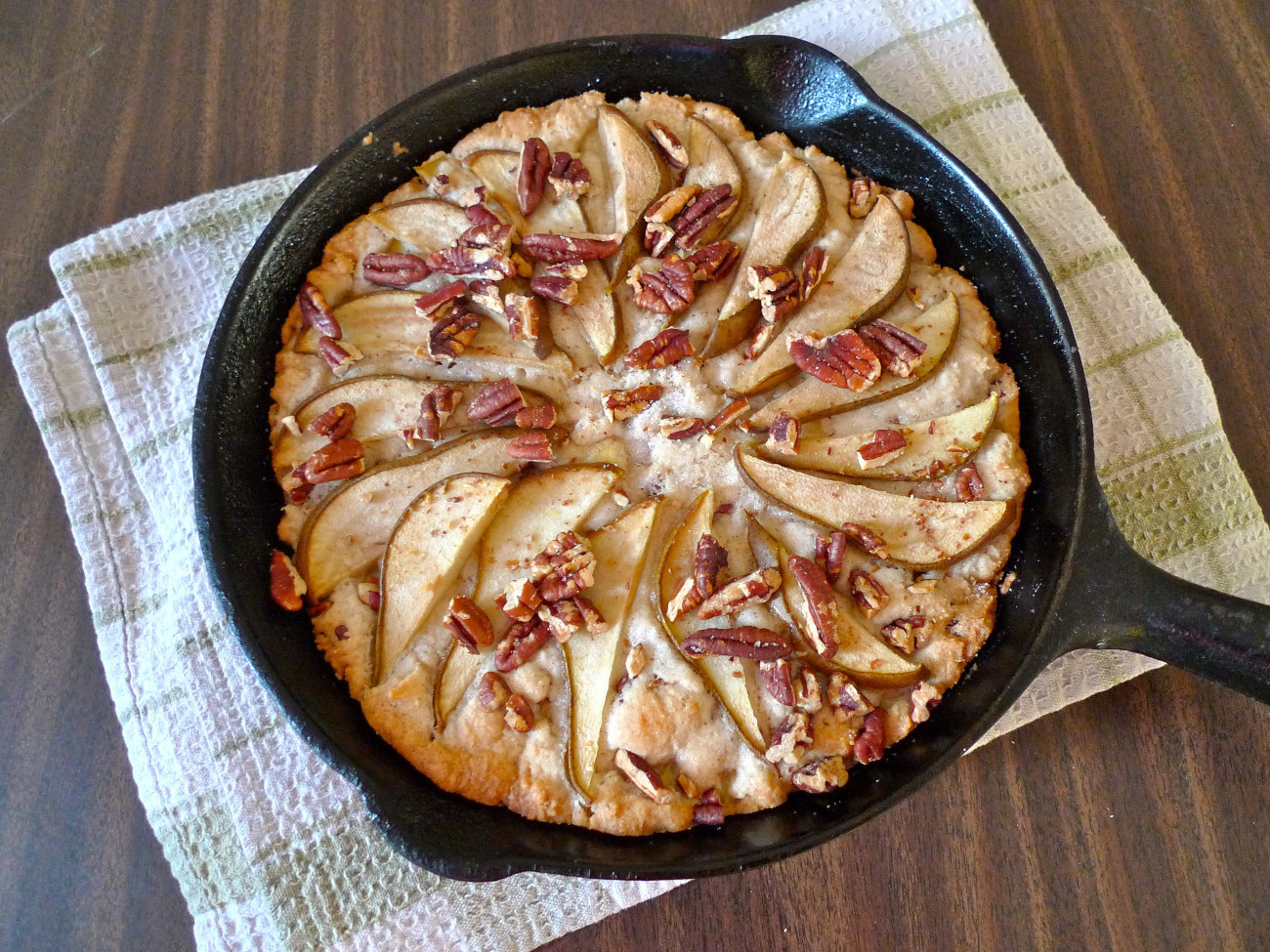
When you think of pudding, you may think of a rich custard you serve in a bowl, but this is far from any pudding you’ve eaten. This sweet and dense cake that’s topped with pecans (or black walnuts) and seasonal fruits is a comforting dessert beyond belief. Ozark pudding became popular after Harry Truman, and the first lady served this dessert during a famous dinner for Winston Churchill in Missouri. Yet it wasn’t just for fancy events. The first lady reported Ozark pudding was frequently baked in the White House, as it was the only dish that cured Truman’s homesickness. Ozark pudding’s fame gradually spread into the South, where its name changed to Huguenot torte, named after a famous tavern in Charleston South Carolina. It still hasn’t hit it big — nor recognized in the coastal cities — but it’s about time that it did.
Horseshoe Sandwich
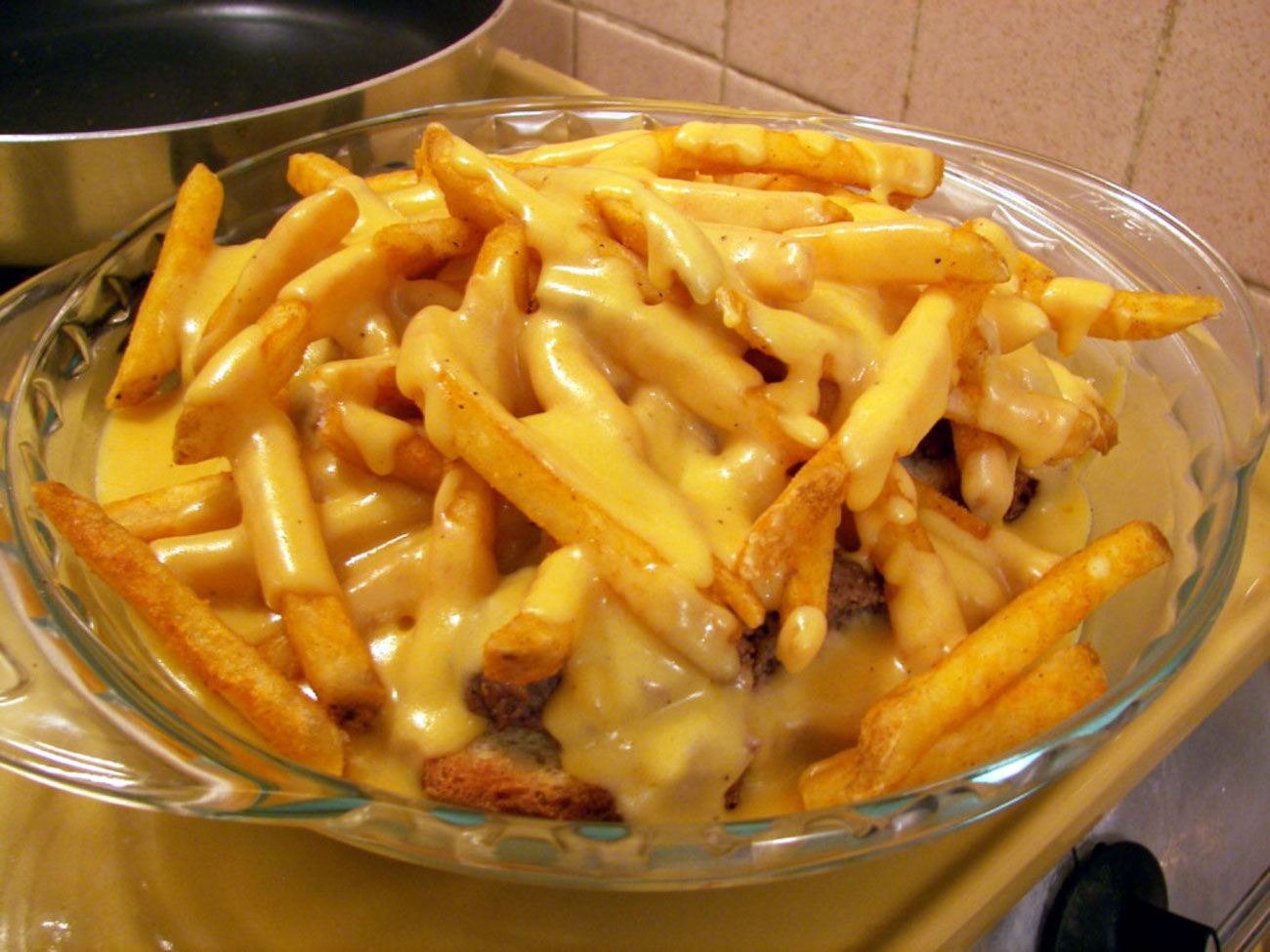
If you order a horseshoe sandwich in Illinois, you won’t be able to understand the meaning behind the name. When the sandwich was invented in the late 1920s, the meat was bone-in ham, and the french fries were arranged in a horseshoe-like arc, creating that very specific shape. Like many origin stories, there’s a level of uncertainty, but the wife of a hotel chef — when asked by her husband for new menu ideas — invented this sandwich combination. Thick pieces of Texas-sized toast are the base for a hamburger patty and a healthy hill of french fries — and wait — an equally healthy portion of cheese sauce – which by today’s standards is still a great flavor combination.
Long John Donut
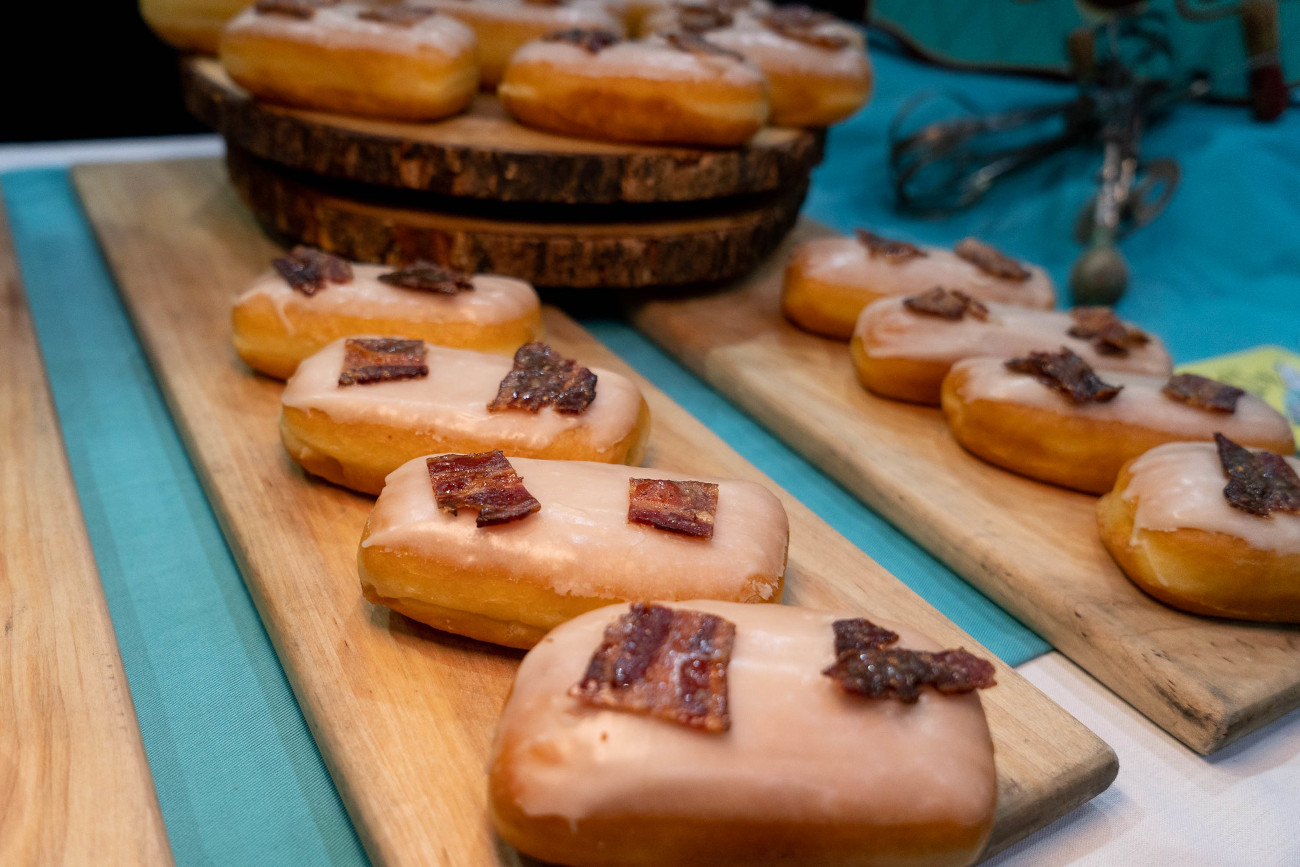
Donuts (or doughnuts depending on your spelling) are universally loved, but not all donuts are universally available, and that’s the case with these Long John donuts. You won’t find a filling in these long-shaped donuts (a filled one is called a Bismarck), but Long Johns are a specialty of the midwest. No fancy flavors here, only the classic flavors are available with a choice of chocolate, vanilla, and maple glazes. As you go to the northern states of the US, you’ll see more maple-glazed Long Johns. Many people think that the name John refers to the 1872 patent holder and inventor of the donut cutter John Blondell, but it’s hard to verify the connection.













